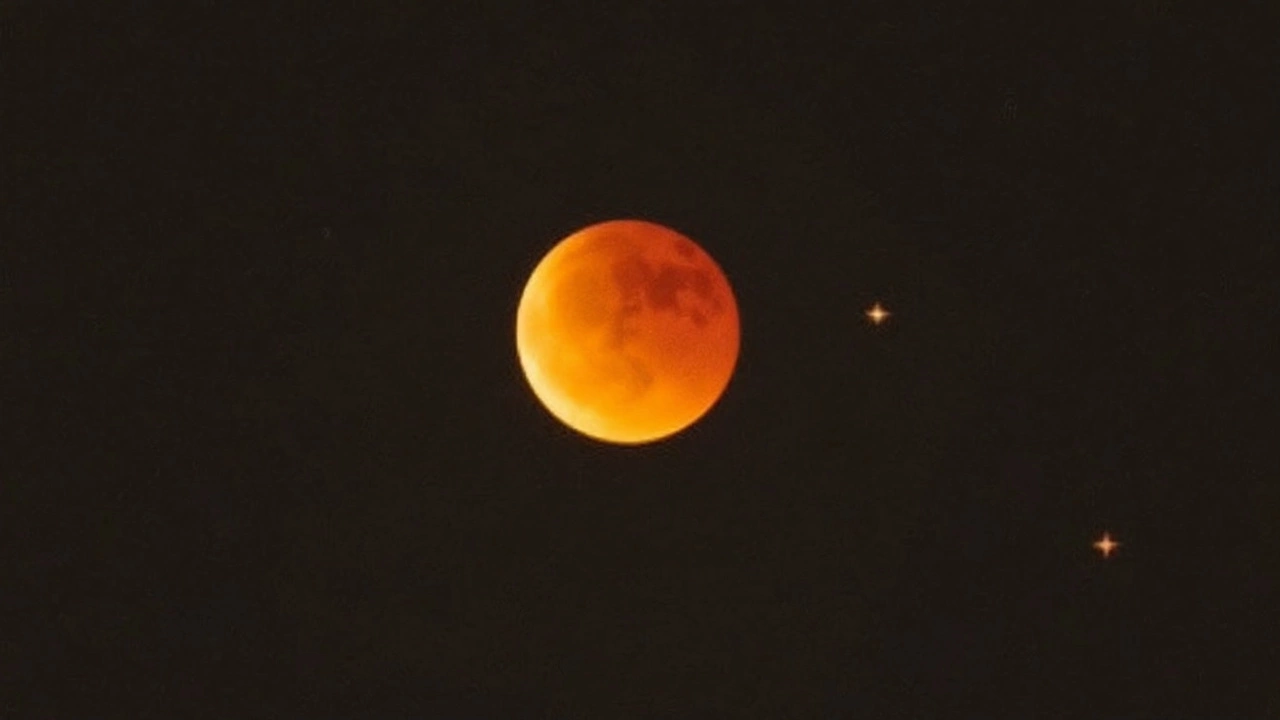Skywatching Made Simple: Your Quick Start Guide
If you’ve ever looked up on a clear night and wondered what you’re seeing, you’re in the right place. Skywatching doesn’t need expensive gadgets or a degree in astronomy – just a bit of curiosity and the right basics.
Grab the Right Gear (Without Breaking the Bank)
Start with what you already have: a smartphone and a pair of binoculars. Apps like SkyView or Star Walk turn your phone into a star map that points to constellations, planets, and even satellites. If you can spare a little extra, a 7x35 binocular set gives a much clearer view of the Moon’s craters and bright deep‑sky objects.
Skip the giant telescopes unless you’re planning to spend hours every night. A modest 80mm refractor can still reveal Jupiter’s moons and the Orion Nebula, and it’s easy to carry to a dark spot.
Pick the Best Night and Spot
Clear skies are the key. Check local weather forecasts for cloud cover and light pollution maps – dark skies make a huge difference. Rural parks, beaches, or hilltops are usually the best. If you can’t get far from the city, head to the nearest green space after the lights go off.
Timing matters too. The week around a new moon is perfect because the sky stays dark. Meteor showers peak on specific dates; a quick online search will tell you when to watch for the Perseids, Geminids, or Leonids.
When you arrive, give your eyes about 15‑20 minutes to adjust. Avoid bright screens and use a red flashlight if you need to see anything – red light preserves night‑vision better than white.
Spotting Basics: Constellations, Planets, and More
Start with easy constellations like the Big Dipper, Orion, and Cassiopeia. They’re bright, easy to find, and act as signposts for other objects. For example, follow the line of Orion’s belt straight out to locate Sirius, the brightest star in the sky.
Planets are usually brighter than stars and don’t twinkle. Look for Venus low in the western sky after sunset, or hunt for Mars when it’s reddish and near the horizon. Jupiter and Saturn are visible in the evenings for many months; their steady glow makes them stand out.
If you have binoculars, try spotting the Moon’s craters, the rings of Saturn, or the cloud bands on Jupiter. A quick tip: use the Moon’s phases to plan – a thin crescent shows the most dramatic shadows across the surface.
Stay Engaged and Keep Learning
Join local astronomy clubs or online forums. Many clubs host free public nights with telescopes set up for anyone to look through. Sharing what you see and learning from others keeps the hobby fresh.
Finally, keep a skywatching journal. Jot down the date, location, weather, and what you saw. Over time you’ll notice patterns, improve your identification skills, and have a record of those unforgettable moments.
Skywatching is all about stepping outside, looking up, and letting the universe surprise you. With these simple steps, you’ll turn a casual glance into a rewarding nightly ritual.




